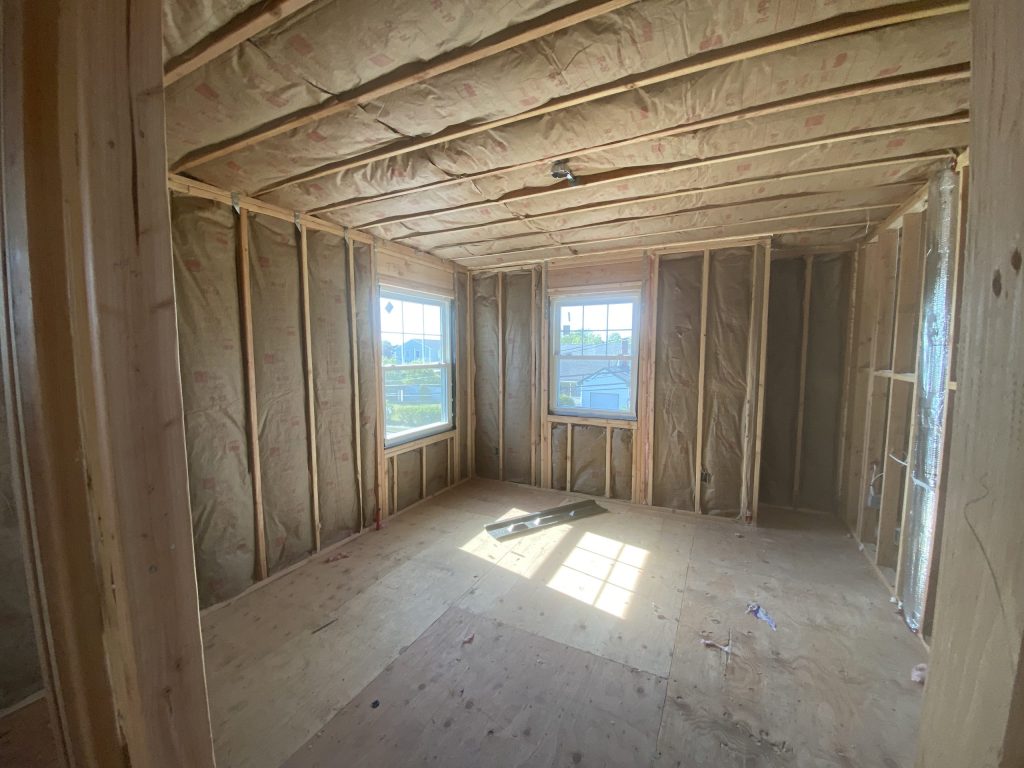

Essential Carpentry Skills are fundamental to any home renovation project, from a simple kitchen makeover to a complete home remodel. Imagine transforming your space into a masterpiece—a place that reflects your unique style and taste—without the need for professional intervention. Carpentry is the art and craft of constructing things from wood. It encompasses a wide array of skills, ranging from basic techniques like sawing and measuring to more complex joinery procedures.
Understanding the Fundamentals of Carpentry
Essential Tools and Techniques
Mastering basic carpentry skills starts with understanding the right tools and techniques. Familiarizing yourself with tools like saws, hammers, levels, measuring tapes, and drills is essential. Different types of saws—like hand saws, circular saws, and jigsaws—are crucial for cutting wood. Practice using the tools safely and correctly. A sharp blade dramatically improves efficiency and reduces the risk of injuries. Learn how to properly use a measuring tape, ensuring accurate dimensions. Understanding different joinery techniques like mitering, dovetailing, and mortise and tenon is crucial. Knowing how to use each tool correctly and efficiently is critical for success in carpentry projects. Learning proper techniques for various woodworking projects is essential for both professional and personal use.
Measuring and Marking Accurately
Precision in Measurement for Success
Accurate measurements are the cornerstone of successful carpentry projects. Inaccurate measurements lead to poorly fitted components and ultimately, problems in the finished product. Home renovation projects hinge on precise measurements. Improper measurements can lead to major setbacks, and wasted materials. Using the appropriate measuring tools, like tapes, levels, and rulers, is vital for getting accurate measurements. Practice marking accurately on wood using pencils, markers, or chalk lines. Consider these examples of projects where precise measurements matter: building cabinets, installing shelving units, or repairing window frames. Having a keen eye for detail and practice measuring for a variety of common carpentry tasks is crucial.
Mastering Sawing Techniques
Different Sawing Techniques for Different Projects
Sawing is a fundamental skill for woodworkers, encompassing various techniques for cutting wood to the desired shape and size. Different types of saws are designed for different cutting tasks and wood thicknesses. Using a handsaw effectively involves a combination of proper grip, consistent pressure, and controlled sawing motion. Learn how to identify the correct blade for a particular task, and remember that some tasks require different blade types, for example, cutting through thicker wood with a chainsaw. Practice with different types of wood, such as softwoods and hardwoods, to understand how different woods behave under various cutting conditions.
Basic Joinery Techniques
Understanding Joinery for Strong Connections
Joinery is a critical aspect of carpentry, focusing on the art of joining wood pieces together using various methods. These methods create strong and stable joints that are critical for the structural integrity of furniture and other projects. Mastering various joinery techniques allows for intricate woodworking and ensures a robust final product. Understanding techniques such as mortise and tenon, dovetail, and half-lap joints is essential. Each technique offers specific advantages in terms of strength, stability, and appearance. Learn the best way to choose the correct type of joint for a specific project. Knowing when and how to use these joints effectively dramatically improves your carpentry skills.
Working with Wood Materials
Wood Selection and Preparation
Understanding the characteristics of different wood species is key to choosing the appropriate material for each project. Consider factors like grain, moisture content, and durability when selecting wood. Different species of wood offer unique properties that must be carefully considered. Learning the characteristics of various woods is essential. Practice preparing wood by planing, sanding, and shaping. Each step in preparing the wood for a given carpentry task is essential for an optimal outcome.
Frequently Asked Questions
What are the essential tools for carpentry work?
Essential tools include saws, hammers, levels, measuring tapes, drills, and various hand tools. The appropriate tools depend on the specific project and desired outcome. Having a collection of quality tools is essential. Each of these tools can serve a different, but equally important purpose in a given carpentry project.
How can I improve my carpentry skills?
Continuous practice, seeking feedback from experienced carpenters, attending workshops or classes, and studying carpentry plans are excellent methods for improving your skills. Take advantage of every opportunity to learn more about your craft and refine your methods. By challenging yourself with new, more intricate projects, you’ll improve your confidence and ability.
In conclusion, mastering essential carpentry skills is crucial for successful home renovations. From basic sawing and measuring to more complex joinery techniques, these skills empower homeowners to undertake projects confidently and efficiently. By understanding the various aspects of carpentry, you can create a positive impact on your home’s value and aesthetics. Now go ahead and embrace these skills—you’ll be amazed at the transformations you can achieve. For more detailed guidance, consider enrolling in a carpentry workshop or consulting an experienced professional. This will further refine your skills and ensure your projects are completed to a high standard.